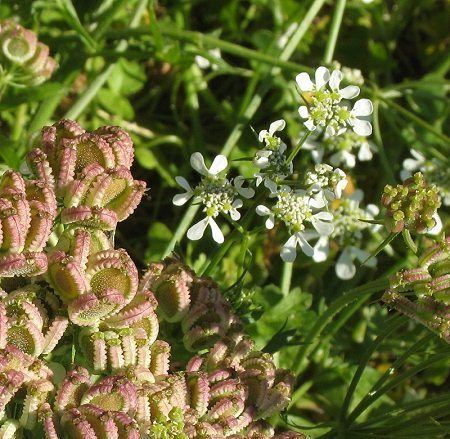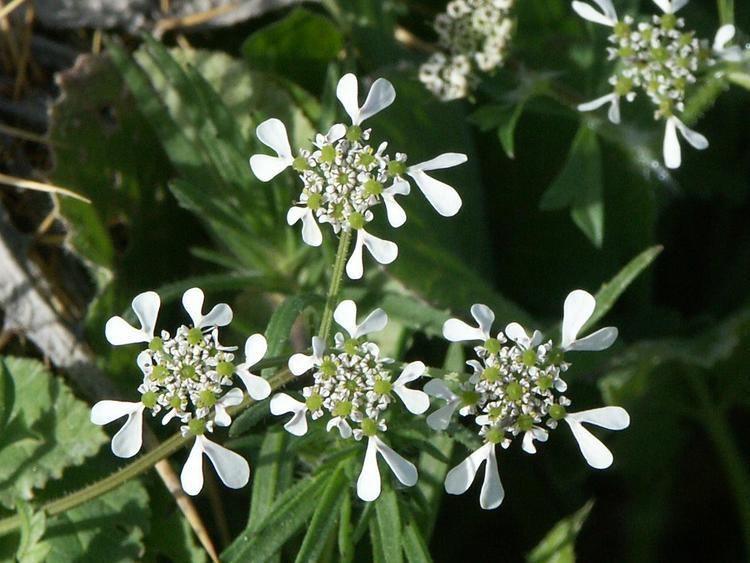Rank Species | Clade Angiosperms Higher classification Tordylium | |
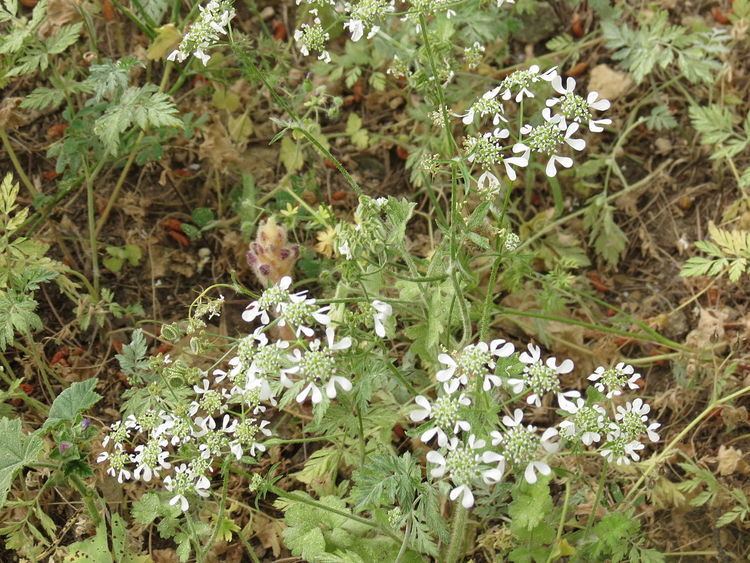 | ||
Similar Tordylium, Urospermum picroides, Amaranthus blitum, Urospermum, Smyrnium olusatrum | ||
Tordylium apulum anthiriscus cerefolium
Tordylium apulum, commonly known as the Mediterranean hartwort, is an annual forb or herb. It is classified within the family Apiaceae, the carrot family. It is located in a range from Europe to west Asia, but was introduced to the United States, where it is now found only in Arizona.
Contents
Tordylium apulum
Description
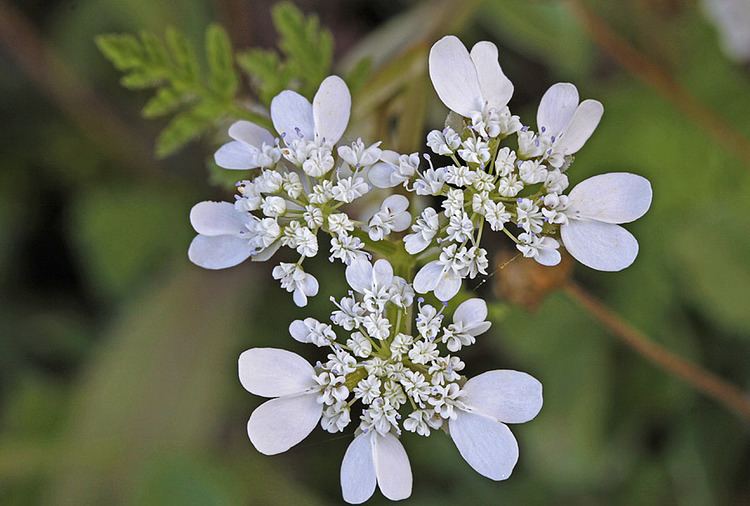
The Mediterranean hartwort usually grows to 20-50 centimeters in height. It has an erect stem that is branched with soft, spreading hairs at the base, and scattered hairs along the rest of the stem. The leaves are softly hairy and pinnate, with the lower leaves being oval with toothed segments, and the upper leaves having linear segments. It has 2-8 primary rays. The marginal flowers each have 1 white petal, enlarged, and uniformly deeply 2-lobed. The bracts and bracteoles are linear long-pointed with spreading hairs. The fruit is orbicular and flattened, and usually is 5-8 millimeters in size.
Habitat
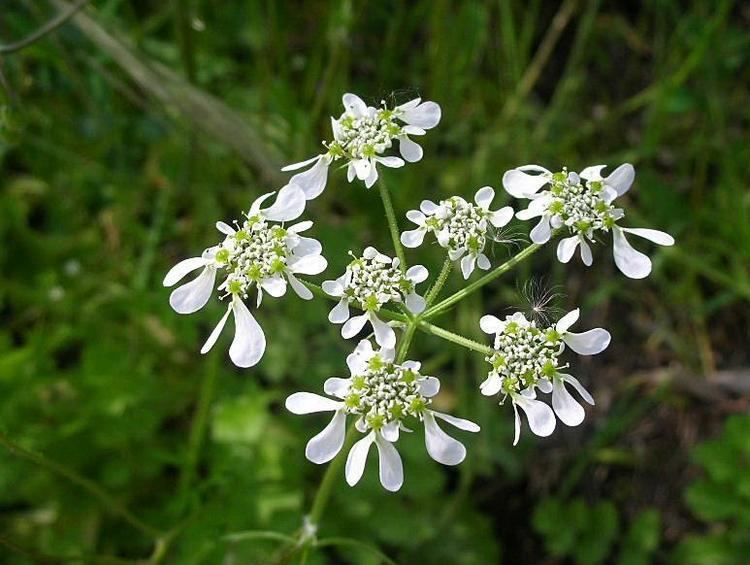
Mediterranean hartwort is located in cultivated beds, waste land, and waysides. The plant prefers sandy, loamy and clay soils. Hartworts also prefer acid, neutral and basic soils. It cannot grow in the shade.
Reproduction
The flowers are hermaphrodite and are pollinated by Insects. The plant is self-fertile.
Uses
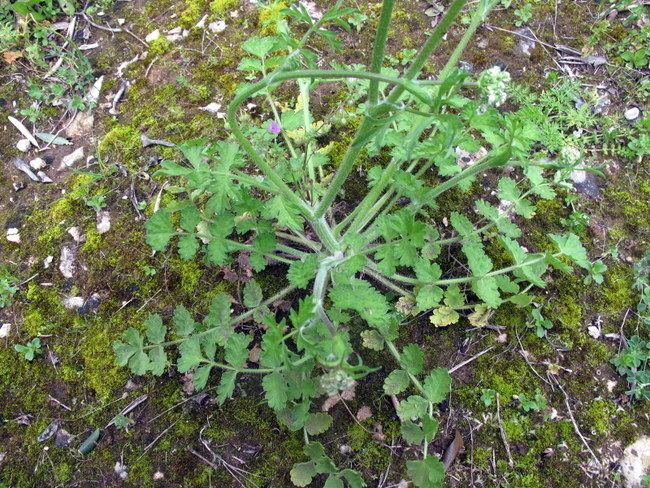
Mediterranean hartwort does have edible leaves. In Italy it is used as a condiment. The essential oil composition of aerial parts of Tordylium apulum L. from Italy was analyzed. Sixty-seven compounds were identified representing 96.5% of the oil. The most abundant compounds were (E)-β-ocimene (17.3), α-humulene (11.4%) and octyl octanoate (8.8%). Essential oil from aerial parts of T. apulum from Greece was reported to have α-humulene (28.7%) and octyl hexanoate (11.7%) as the main constituents. There are no known medicinal uses for this plant.
